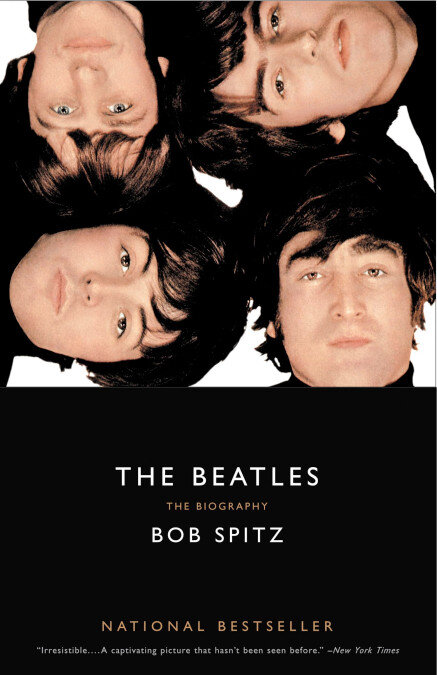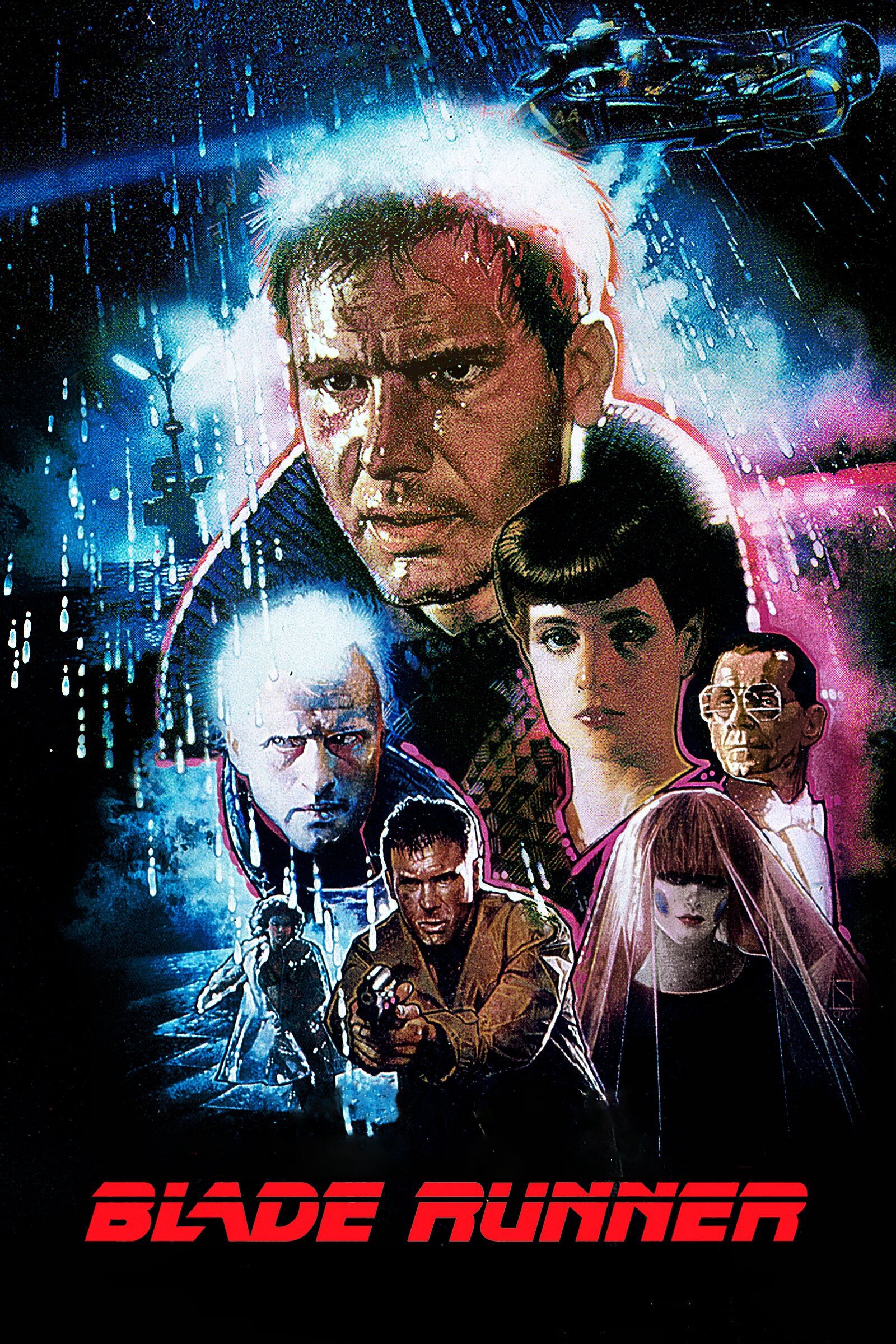2019 was for me the Year of the Beatles. It didn’t start out that way. I began the year with an intention to read Jan Swaford’s magnum opus bio of Beethoven, a very large volume that would have filled my spare moments with the sounds and spirit of Ludwig Van and the musical cultures of Bonn and Vienna, much as reading his Brahms bio did for me in 2018. Instead, something led me back to my first musical love, the Beatles. It all started in February, when I celebrated George Harrison’s Feb 25 birthday for a whole week by playing and posting his songs on Facebook. I did the same for Paul McCartney’s birthday on June 18, posting an impromptu video I made on YouTube, playing his songs and talking about his legacy. On the 50th anniversary of the release of Abbey Road on Sept 26, I posted a long video on YouTube, where I played the whole roster of songs (except Her Majesty I think) from that monumental album, and talked about them in between. I celebrated John Lennon’s birthday on October 9 by posting a video of me playing some of his choice selections from the Beatles book. (Don’t worry, my fan base is very small and the Beatles’ legacy remains intact).
Meanwhile, in May of last year, I picked up Bob Spitz’s massive Beatles bio in a used book shop in the neighborhood of Adams Morgan in Washington DC. As soon as I started reading it, I was hooked.
Right off, I knew this was the Beatles book I’d been looking for all my life, and now I was ready for it. After a jaunty beginning, in which we are brought into a threshold moment in the early phase of the Beatles story, it launches into a deep history of Liverpool. As a historian, who specializes in modern urban history, that sucked me right in. Then it was on to the bios of each Beatles family as they came into the picture, starting with John, then moving to Paul, and George, and finally Ringo. We were digging deep into their pasts, and getting a better understanding of where they came from, their homes and families and the family histories, their tragedies (both John and Paul’s mothers died while they were very young, which undoubtedly forged a bond between them), and the zeitgeist of the city and people—the Scousers of Liverpool—from whence they arose.
The details of their early days that Spitz provides in the book are stunning. You are taken into their social haunts, and into the places where they hung out and played as they shared their dreams and formed their band. You learn about their childhood chums, their schools, their homes, and the other boys who joined the band at different times. Of course, the stories of Pete Best and Stuart Sutcliff stand out in this section. Pete Best’s story can’t help but arouse sympathy, but then again, you also feel that as the band was growing and maturing, they had no choice but to cast off the members who weren’t contributing the goods. And when Ringo appears, it’s clear from the get-go that he was the perfect fourth Beatle to round out the group.
The Beatles reads like a novel—not a Hemingway novel, but more like a Pynchon novel (and I love Pynchon!), with hundreds of colorful characters and plenty of psychedelic twists and turns (as well as a good deal of Pynchonian paranoia). The core of the story, if there is one, is the relationship between John and Paul. That was always the heart of the Beatles story. George is there too of course, but he plays a secondary role to the two stars of the show. Ringo is a chummy addition, and he never stops being Ringo (I never knew he started out as such a fine dancer, but it makes sense as he kept the beat). But the whole story revolves around the two larger-than-life personalities of John and Paul, and the twists and turns of their relationship as they shoot up “to the toppermost of the poppermost.”
As a long-time Beatles fan, I was already quite familiar with the basic contours of the Beatles story. I’ve read plenty of other Beatles books, and I have seen the multi-episode Beatles documentary (the one that came out around 1996) many times. The book basically follows a very similar story to that of the doc film.
Nevertheless, trust me when I say that if the doc is the PG rated version of the story, Bob Spitz’s bio is somewhere between R and X. There were two things this book did for me: First, it provides much finer details and resolution to the story that I was already familiar with from previous books and films I’d seen. Second, it gives you a no-holds-barred “naked” view into the real lives of the Fab Four and their friends. While sex and drugs are alluded to in the other sources I’ve seen and consulted over the years, Spitz loves to delve deeply into the personal lives of the lads and, like Sexy Sadie, lays them out for all to see. While I’d had some idea that these boys played around, I was still surprised by the sheer magnitude of their play (though it should be no surprise really, given their god-like status after they hit the big time).
The other part of the story that really comes through clearly is how f*cked up John was throughout most of it. I had no idea how violent he was in real life, nor how much he relied on drugs and alcohol to get through life. He comes across as somebody you wouldn’t want to get too close to. It’s amazing that Paul and the others had the patience to deal with him, regardless of his genius. He seems to possess an “avoidant” personality, hurting the ones who get closest to him the most. Of course there’s a background to his warped personality, and it all goes back to his mother and father: his seafaring dad Freddy’s virtual absence from his life, and his mother Julia’s tragic death (she was hit by a bus while crossing a road) when he was a young teenager. You also learn how close he became to his mother, even though his aunt Mimi took care of him throughout his childhood. It was Julia who encouraged him to take up the banner of rock’n’roll, and she who bought him his first guitar, and who played early rock’n’roll songs for the boys from her record collection when they hadn’t any other access to these gems.
This book became my bedtime companion, and so I went through it in fits and starts for a few months. (It isn’t the kind of book you want to carry around with you.) It wasn’t until I downloaded it as a Kindle book that I began to accelerate through it, around halfway through the book, and churned quickly to the finish line. Given its sheer size and weight, I recommend the Kindle version unless you want to build up a physical collection of Beatle books (and you probably own all the record albums too).
I went along with the four lusty lads through their seedy, rocking Hamburg days, and back and forth to Liverpool as they rise up the ranks of local bands to local stardom, while honing their craft and learning how to play together as a quartet (Ringo comes into the picture eventually after they cast out Pete Best). They do their “10,000 hours” in the words of Malcolm Gladwell, and they emerge as shiny young rock gods, performing together like a finely wrought machine for making rock’n’roll.
Meanwhile, John and Paul are experimenting with the art of songwriting, and they are learning that they can write better together than apart. This becomes the magic combo: the Lennon-McCartney songwriting process, where they finish each other’s thoughts and ideas, polish and craft them to glittering perfection. John is more creative lyrically and possesses the stronger imagination, while Paul is the more gifted musician (if you want to get deep into this process, I suggest you read Thomas Brothers’ wonderful book Help!). John has the passion and the frustration and he lives and breathes rock’n’roll, while Paul has the patience, the methodology, and the broader musical talents and ambitions to bring it all together (is there any instrument Paul doesn’t play?). Together, they create magical songs, which are then taken to further heights by the additions of George on guitar and vocals, and Ringo on drums. It’s a fearsome foursome, but the core engine is Lennon and McCartney.
Which of course creates problems later on, as George’s own songwriting craft develops, and his independent mind expands greatly under the influence of Indian mysticism and music as well as various psychedelic substances, but that comes much later in the story.
I won’t bore the reader with all the ins and outs of their story as it unfolds. I don’t think Bob Spitz does either. I never had a dull moment reading this massive volume of Beatlealia. Of course, it helps to be a die-hard fan, and to already be familiar with the core structure of the story and many of the characters who come and go in the Beatles’ lives, as well as having an intimate knowledge of all their songs and record albums. If you aren’t such a fan, this book would be tough going indeed.
There are definitely sections that one might wish to skim through faster than others. I was less interested in all the politics surrounding money and management matters, though those can be fascinating too at times. Brian Epstein, their manager, turns out to be a far more out-of-control person than I had imagined him to be. You learn a great deal about his personal story, his sexual life, and his relationship to the Beatles from start to finish. And especially John Lennon’s difficult relationship with Brian, as well as his constant needling and harassing, are all apparent in the story (in the Beatles song “Baby You’re a Rich Man” John apparently shouts “baby you’re a rich fag Jew!” This was meant as a taunt for Brian, though it was drowned out in the song, or maybe edited out.)
The other thing that really comes out strongly from this book is how damned hard the Beatles worked to get where they would go. These men must have had metabolisms like white hot suns. They were constantly on the go. Especially Paul. It’s hard to keep up with all their comings and goings, and the concerts and performances, recording sessions, films, ideas and projects they generated in such a short span of time, not to mention their complicated relationships with each other and with so many others. This helps explain their miraculous trajectory. The drugs—plenty of uppers, especially in their early years, with heavy helpings of marijuana, LSD, and hashish later on, helped. So did the whiskey cokes, which apparently was their drink of choice (or was it scotch and coke? 差不多!)
The end of the story comes around 1969, my birth year. John falls hard for Yoko Ono and leaves his first wife Cynthia. He also hits the heroin hard and bottoms out, but comes back up in time to complete their amazing album Abbey Road. Spitz makes it clear how smitten John was with Yoko, and how she had him wrapped around her finger, and also how she insinuated herself into the Beatles, transgressing the taboo of women not being part of their recording sessions in a big way.
Meanwhile, after a long relationship with the performing artist Jane Asher (he lived in her parents’ home in London for quite a few years) Paul falls just as hard for Linda Eastman, who seems to be the perfect fit for him, just as Yoko completes John. It’s a bittersweet ending to the Beatles’ saga. Under a combo of financial pressure, management issues, creative differences, and the penetration of Yoko Ono into the Beatles’ core sanctuary (their recording studio), the band falls apart, and the four lads go their own ways.
In terms of the music, we learn a great deal in the book about how it was made. What comes out of this book is a deep appreciation for the myriad ways the Beatles took over their sound-making by taking command of the recording studio—something other bands never did until that time, apparently—and by coming up with all sorts of revolutionary ideas about how to make their music, using technological finesses as well as a wide variety of instrumentation. In this part of the story, George Martin features prominently, but he is never given credit where credit isn’t due. It’s clear that the Beatles were the masterminds behind the production of their own masterpieces, especially Sgt. Pepper’s.
In terms of the songs themselves, I wouldn’t say that there were any great revelations for me in this book—not for a die hard fan, anyhow. I did learn more details of certain song origins, as with so many other things. But I would say that Spitz’s analyses of individual songs is not a strong suit of this book, nor should it have been. There are many other books that take you on a deeper dive into the songs and their possible meanings. But there are enough songwriting tidbits here in this book to keep even a serious Beatles addict happy.
All in all, here’s my final verdict: This is really a book meant for hardcore Beatles fans, who already have a lot of knowledge about the Fab Four and their story. If you are just getting to know the lads, this book is not for you. There are many others out there that provide more of an introductory perspective. But if you already know the basics and are reasonably familiar with their songs and their albums, then dive right in and get down and dirty with the boys. You will find yourself right there with them as they go on their amazing journey to global stardom and beyond, playing, singing, screwing, drinking and cursing their way across the globe as they light it up with the magic of their music!



















